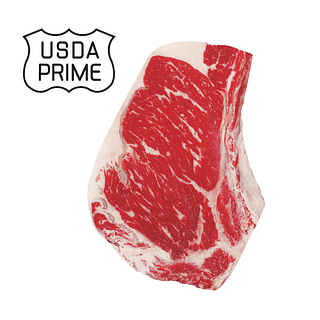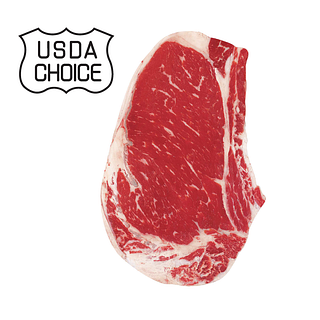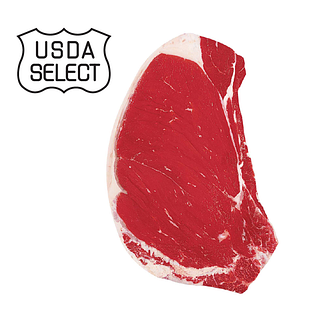Understanding Beef Quality Grades
Beef grading sets the standards for the various quality levels of beef. The grade is primarily determined by the degree of marbling — the small flecks of fat within the beef muscle. Marbling provides flavor, tenderness and juiciness to beef and improves overall palatability. Beef quality grading is voluntary and administered by the USDA and paid for by beef packers.
PRime

Prime beef is produced from young, well-fed cattle. It has the most marbling, is produced in smaller quantities than other grades, and is often sold in hotels and restaurants. Prime roasts and steaks are excellent for roasting, grilling or broiling.
Choice

Choice beef is high quality and produced in highest quantity, but has less marbling than Prime. Choice roast and steaks, especially from the rib and loin, will be very tender, juicy and flavorful. They are suited for roasting, grilling or broiling. Less tender cuts are perfect for slow-cooking.
Select

Select beef is slightly leaner than Prime and Choice because it has less marbling. It can lack some tenderness, flavor and juiciness as compared to the higher grades. Select grade beef often benefits from slow-cooking or from marination prior to grilling or broiling.
No Roll
Standard and Commercial grades of beef are frequently sold as ungraded “No Roll” beef. Because No Roll does not carry a grade designation, there is a risk it will not be as tender, flavorful and juicy as products graded Prime, Choice or Select.